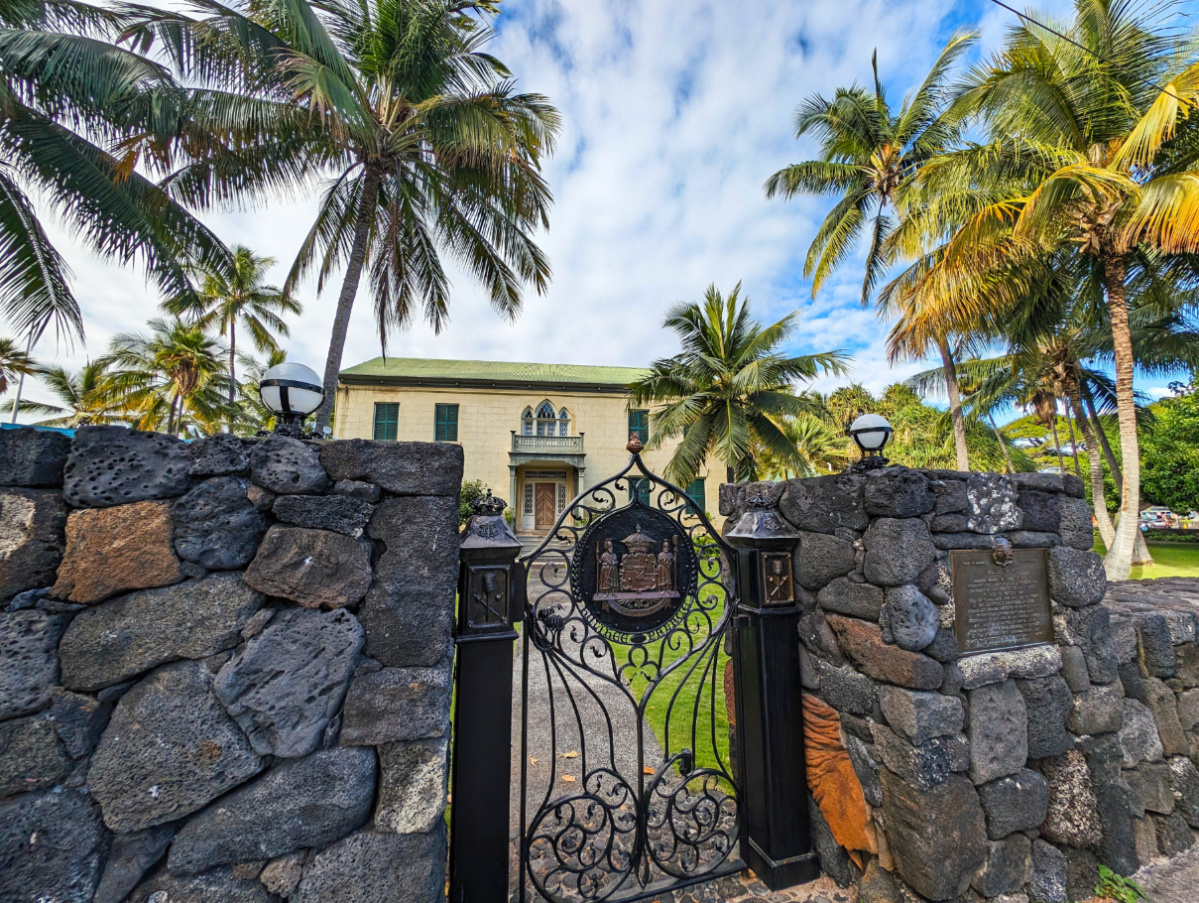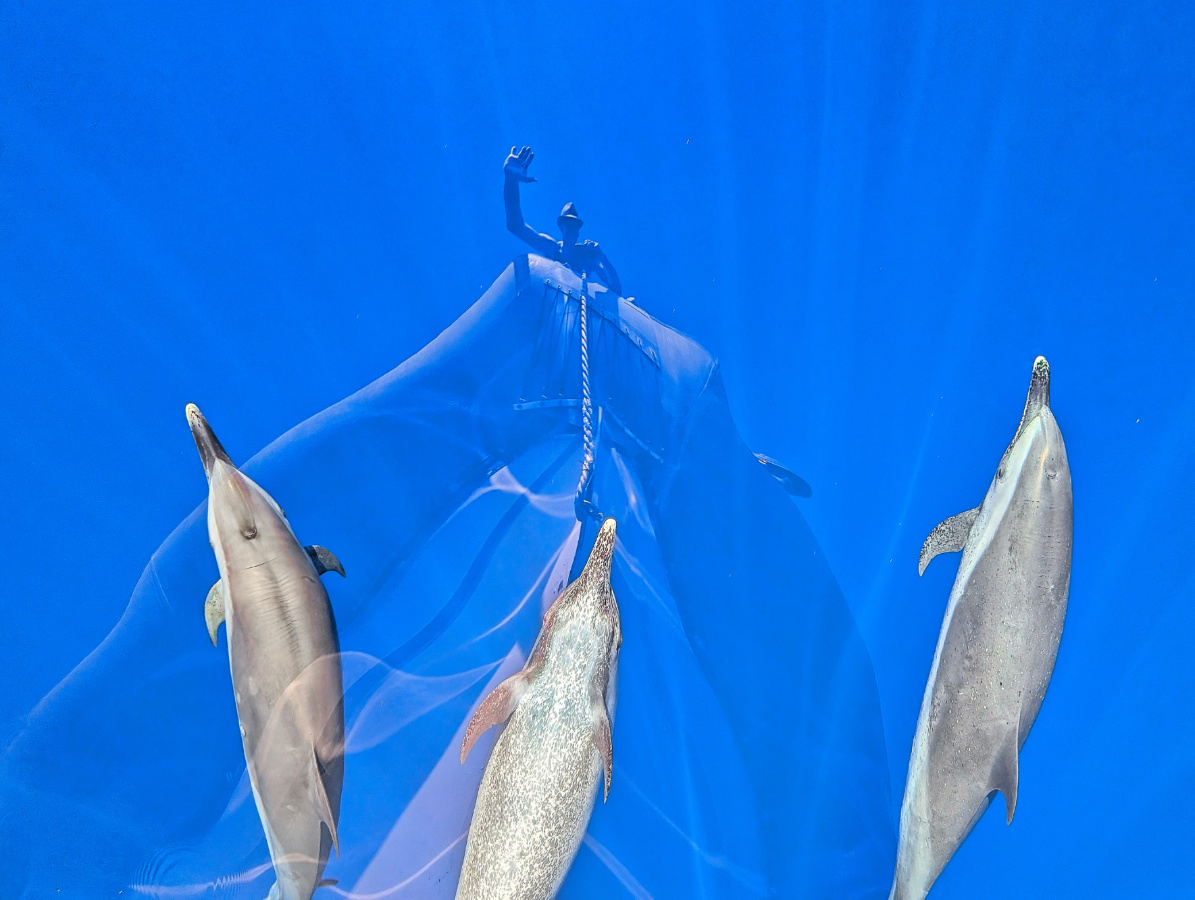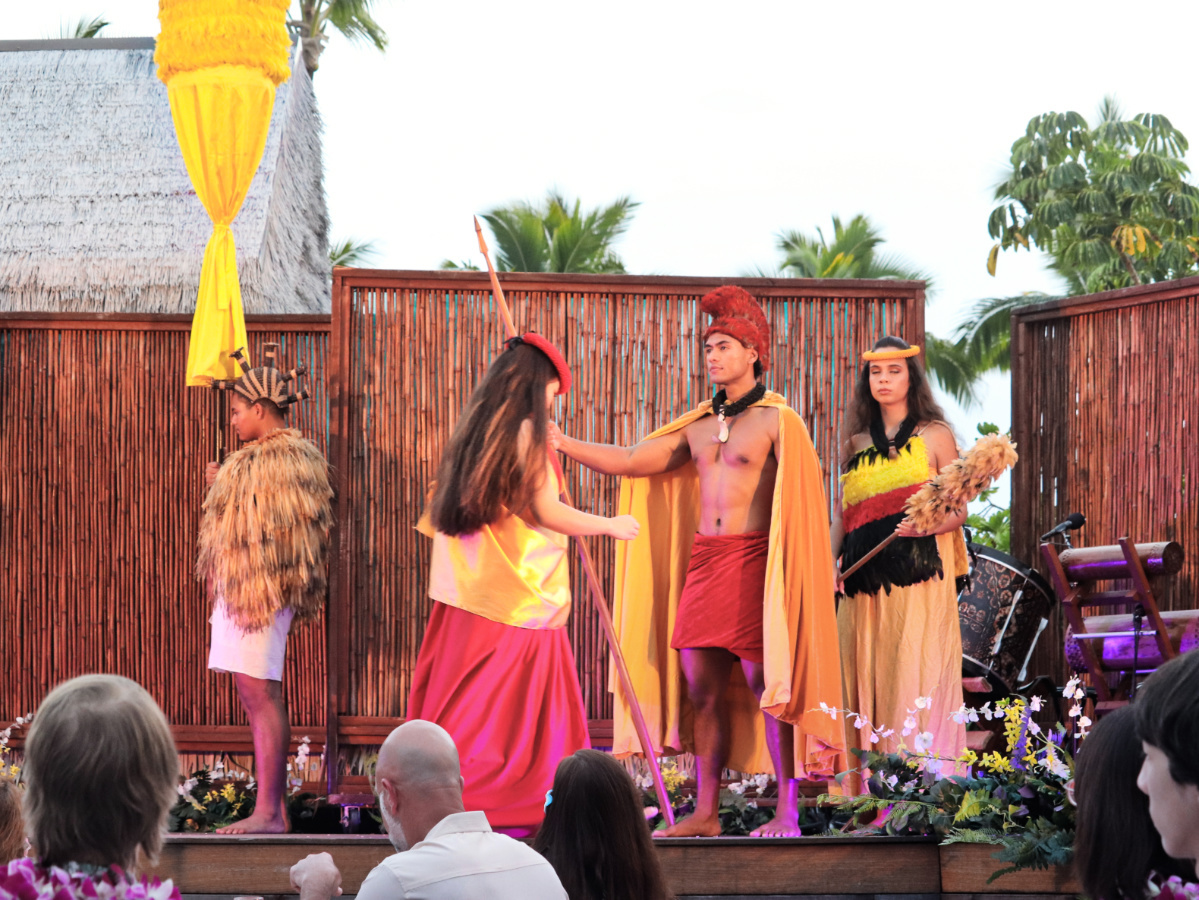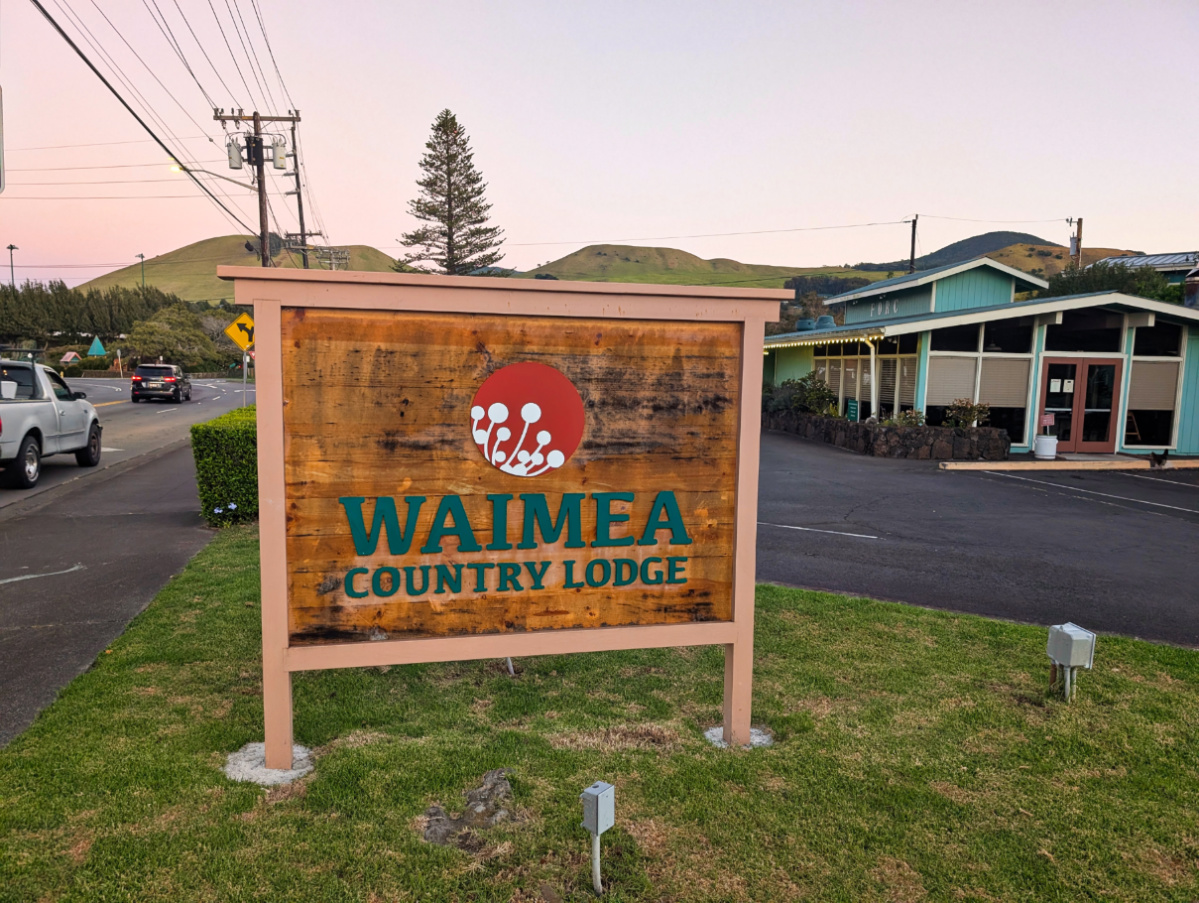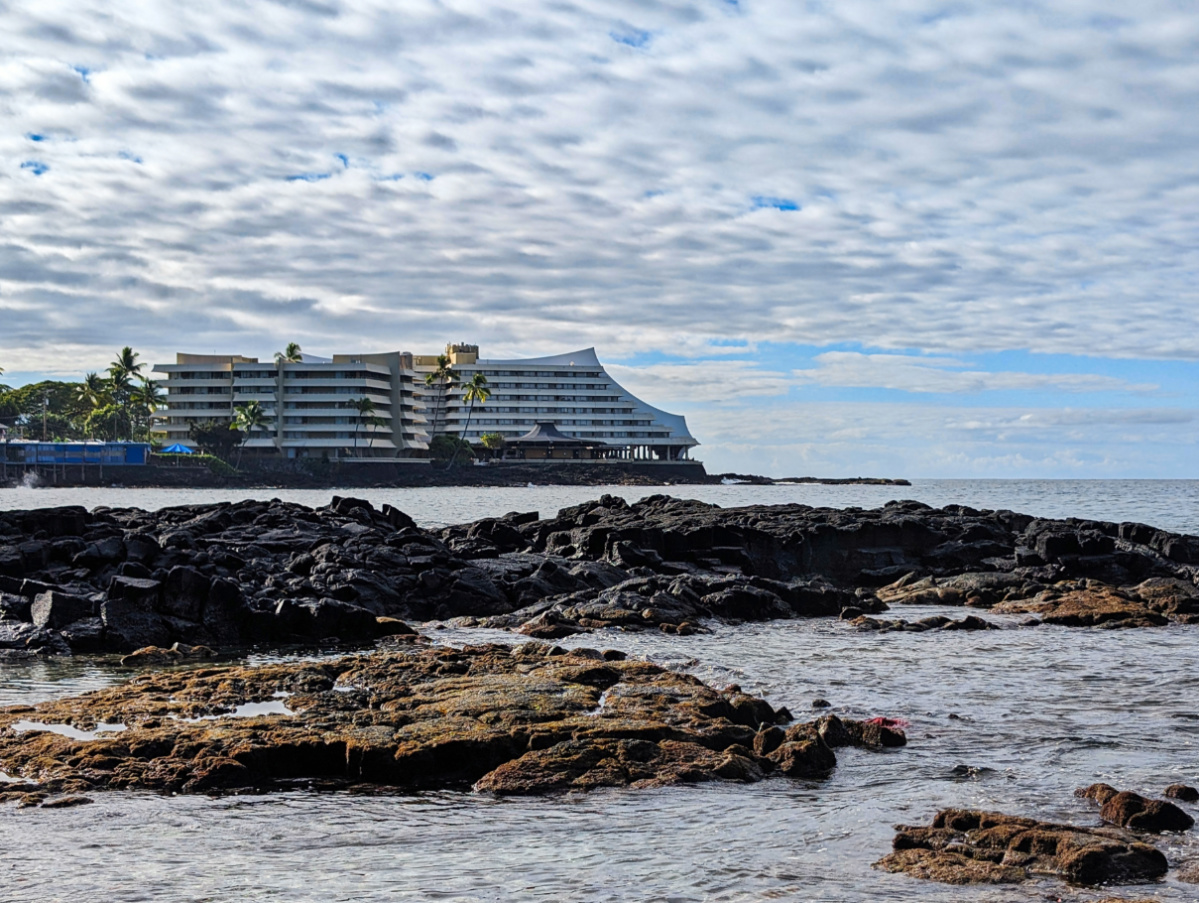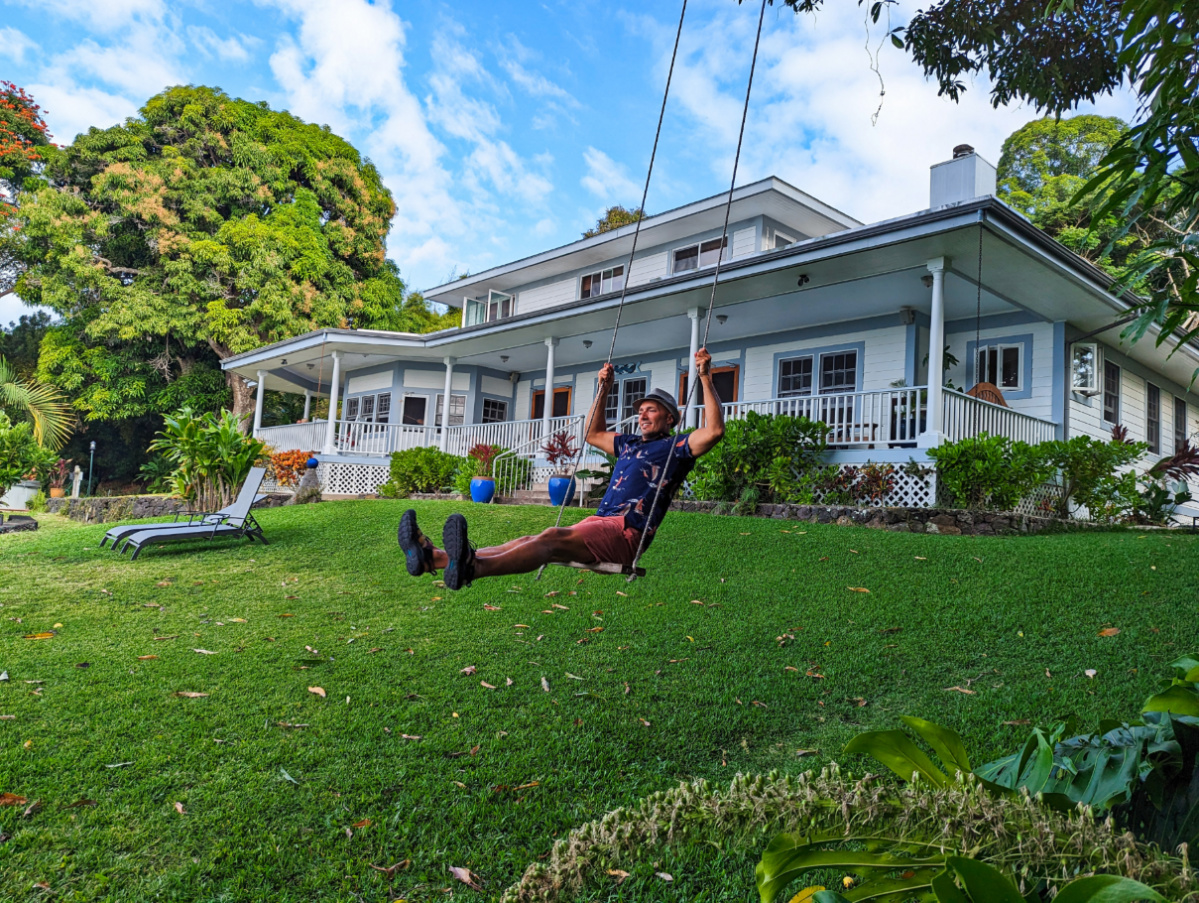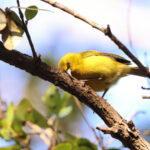Visiting the Big Island of Hawai’i and specifically the Kona Coast means that you’re going to find Kona Coffee around every corner, but did you ever wonder how this happened, because the coffee you pay a premium price for in the continental USA is not native to Hawaii. The Kona Coffee Living History Farm is a great place to visit to learn about the nature of coffee culture here as well as to see how the farmers managed their crops and lives on the slopes of Mauna Loa and Hualalai.
If you’re not big into history, I still think visiting the Kona Coffee Living History Farm is a great activity, especially if you’re visiting with kids. There’s something about getting historical context of a whole way of life or commonly sought after product, and that’s just what you get here. Located in the Captain Cook area, near the Ka’awa Loa Plantation and Kealakekua Bay, you’ll likely be in the area at some point. If you have questions about visiting the Kona Coffee Living History Farm or other coffee culture opportunities, please leave a comment or send us a note. We’re always happy to share more and help you plan a great Aloha trip.

Highlights of the Kona Coffee Living History Farm
I love being a history dork and always finding the unusual living history experiences wherever we travel, and to be able to experience it relating to something I love, like Kona Coffee, is special. The Kona Coffee Living History Farm is really interesting in that it both shows how coffee farming and processing traditionally has taken place on the Big Island (and still does for the most part) as well as shows what daily life for a coffee farming family was like.
You’re not just visiting and learning about agriculture, but you also may get a cooking demonstration, tips for managing a household, insights into Japanese-Hawaiian culture and more. Something very special when we had our day at the Kona Coffee Living History Farm was actually having one of the people demonstrating be somebody who grew up from the 1940s on a coffee farm down the road from this site. She told us all about living on the the Big Island of Hawai’i decades ago, about her chores and how her family ran their farm, and even talked a little about their belief systems (many people in the Hawaiian Islands are Buddhists). I actually think getting to chat with this lovely woman about growing up here was the best part of the visit, and she very much reminded me of my grandmother.
Another thing that makes visiting the Kona Coffee Living History Farm so interesting are the museum exhibits. It’s not a grand, full on museum, but there are archival photographs and stories to go along with them, as well as displays explaining the different living areas of the farm. I think this is a great stop with kids, both to add some unique learning to a visit to Hawaii as well as to get some insight into the famous coffee culture people love today.
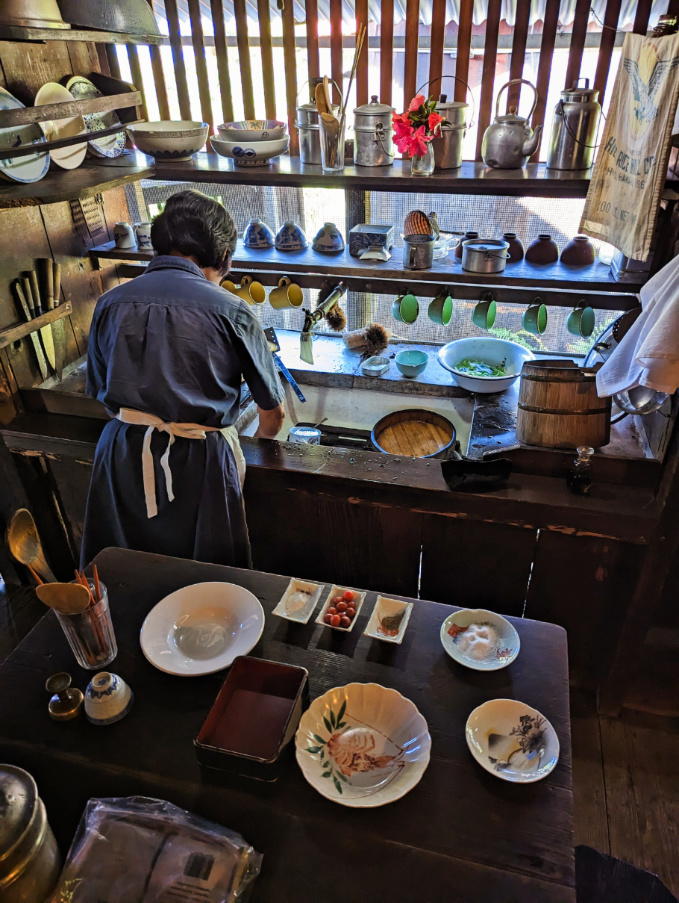
Need to Know to Visit the Kona Coffee Living History Farm
The most important thing to keep in mind when you’re planning your visit to the Kona Coffee Living History Farm is its hours of operation. This is a very special, very small group of people running the farm so hours and days of operation are limited. You need to be intentional with visiting, not just hope it’ll be open when you drive by. The Kona Historical Society only opens it to the public on Tuesdays and Fridays from 10:00 am to 2:00 pm. It’s about a 45 minute to an hour visit, so plan appropriately.
The best time to visit the Kona Coffee Living History Farm is right when they open. This is perfect for getting to see how the farmers and homemaker set up their day, and in particular do the cooking in the rustic Hawaiian kitchen. I also like being the first one so that I can ask all of my questions and have as much chatting time as possible.
Getting around at the Kona Living History Museum is fairly easy with level paths around the property. There’s a little bit of a slope in a few places, but in general anyone who’s able to walk and do a few stairs should be able to enjoy visiting. The Kona Coffee Living History Museum is not wheelchair accessible to all areas/exhibits. There are parts that are, but not the full experience.
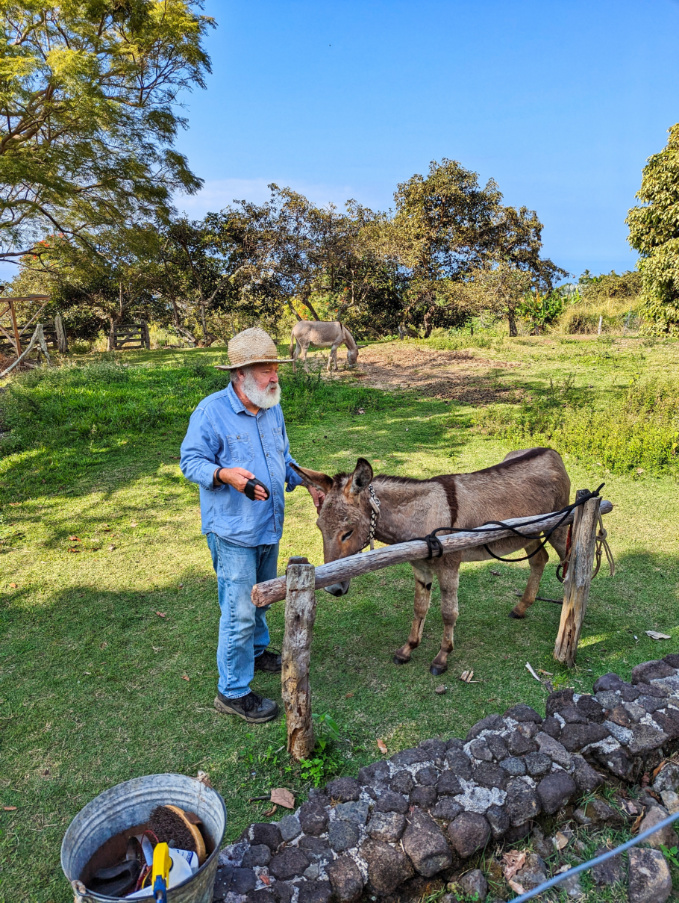
Other Kona Coast Historic Sites to Visit
The Big Island of Hawai’i is full of history and between the Historical Society and the National Park Service, there are many historic sites that have been preserved or restored for educational and enjoyment purposes. The Kona Coffee Living History Farm is a favorite of mine because it’s so interactive. Other historic sites on the Kona Coast don’t tend to be so involved, but they’re still fascinating to visit.
In Kailua-Kona be sure to visit the Hulihee Palace on Ali’i Drive and the Mokuaikaua Church across the street. Also in Kailua-Kona you’ll be able to see Kamakahonu Historic Landmark, and then just north of downtown is Kaloko-Honokohau National Historical Park, which is amazing for seeing Hawaiian green sea turtles (honu). Continuing up the coast plan to stop at Pu’ukohola Heiau National Historic Site and Lapahaki State Historic Park for more learning and beautiful trails to walk along the coast. South of Kailua-Kona,
Pu’uhonua O Honaunau National Historical Park is perhaps my favorite historic site across all the Hawaiian Islands. Here you’ll have the opportunity to see carved kii (tikis), walk around the many structures and explore the tidepools in front of the heiau. I love it here and highly recommend it as a must-see when you’re on the Big Island of Hawai’i.

Parking for Kona Coffee Living History Farm
Access to the Kona Coffee Living History Farm is from the Mamalahoa Highway (Hawaii Belt Road) and during operating hours, the gate is open with lots of parking, both at the entry building and up the hill towards the highway. You may even park next to coffee trees ready for the harvest. If you’re trying to visit outside of hours, the gate is closed and you cannot access any part of the farm.
Note: access to the Kona Coffee Living History Farm is not free, but is $20 for adults and $10 for students (and there is a kamaaina discount).

Kona Coffee Living History Farm Operating Info
To complete your planning, here is all the information to plan your visit to the Kona Coffee Living History Farm.
- Operating Dates/Season: year round, Tuesdays and Fridays from 10:00 am to 2:00 pm, last admission at 1:15 pm
- Kona Historical Society phone number: 808-323-3222
- Organization website: Kona Historical Society
- Farm address: 82-6199 Mamalahoa Hwy, Captain Cook, HI 96704

More Kona Coast Things to Do
The Kona Coast is one of my favorite areas in all of Hawaii. I love the different activities, from snorkeling with manta rays to daytime snorkel trips, experiencing Kona coffee culture to learning about historic Native Hawaiian culture. It’s always beautiful and no two visits are the same. Here are our top picks for things to do on the Kona Coast of the Big Island of Hawaii.
- tour some of the many Kona coffee farms and tasting rooms
- walk the seawall in Kailua-Kona and visit the Hulihe’e Palace
- snorkel at Hapuna Beach State Recreation Area
- visit Kaloko Honkohau National Historic Park to see honu (sea turtles)
- do a nighttime snorkel with manta rays
- go to Pu’uhonua O Honaunau National Historic Park to see tikis and learn about Native Hawaiian culture
- hike at the Haulalai Volcano or Hawaii Volcanoes NP‘s Kahuku Unit
There are many more things to do when you’re putting together your Big Island itinerary, but when it comes to visiting the Kona Coast, these are some of our favorite things to do.
Where to Stay on the Kona Coast
The Kona Coast is big, stretching from Waimea at the north to Naalehu on the South Shore. You’ll find every sort of accommodation here from national travel brand hotels like Marriott and Holiday Inn Express to independent bed and breakfasts (the Ka’awa Loa Plantation is my favorite!), as well are larger resorts. We’ve enjoyed many different places but I really do like being near the town of Kailua-Kona because of the central location. Staying to the north is lovely because it’s so quiet and it’s all about the outdoor adventures. The southern end of the Kona Coast is full of coffee culture, lava flows and remote beaches you can hike to.
I hope you’ll consider doing the Kona Coffee Living History Farm tour. It’s one of the best ways to learn about the coffee culture and is one of the more unique stops you can make. If you have any other questions about visiting the Kona Coast or the Big Island, please leave a comment or send us a note. We’re always happy to share more and help you plan a beautiful Hawaii trip. Aloha!



